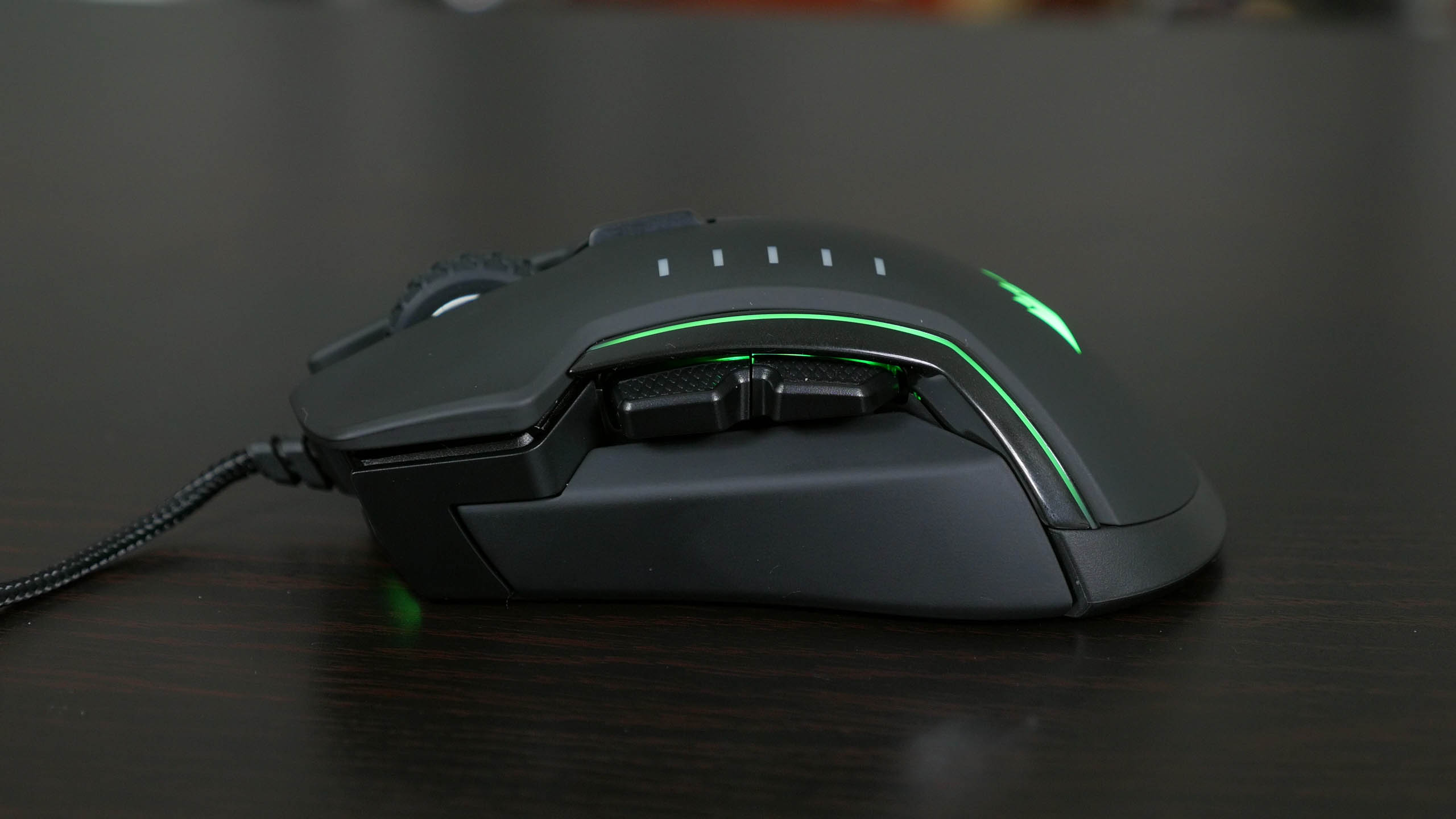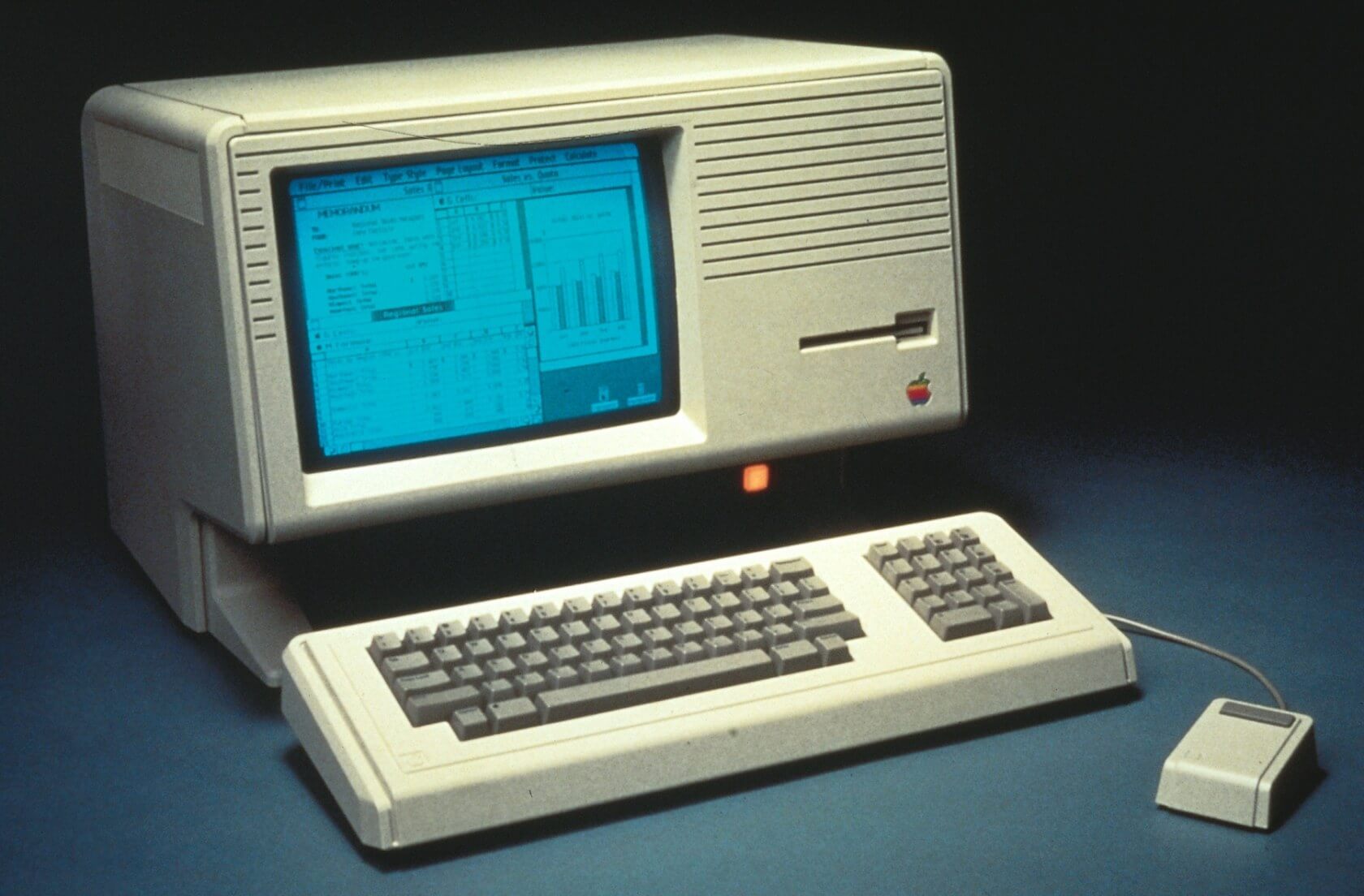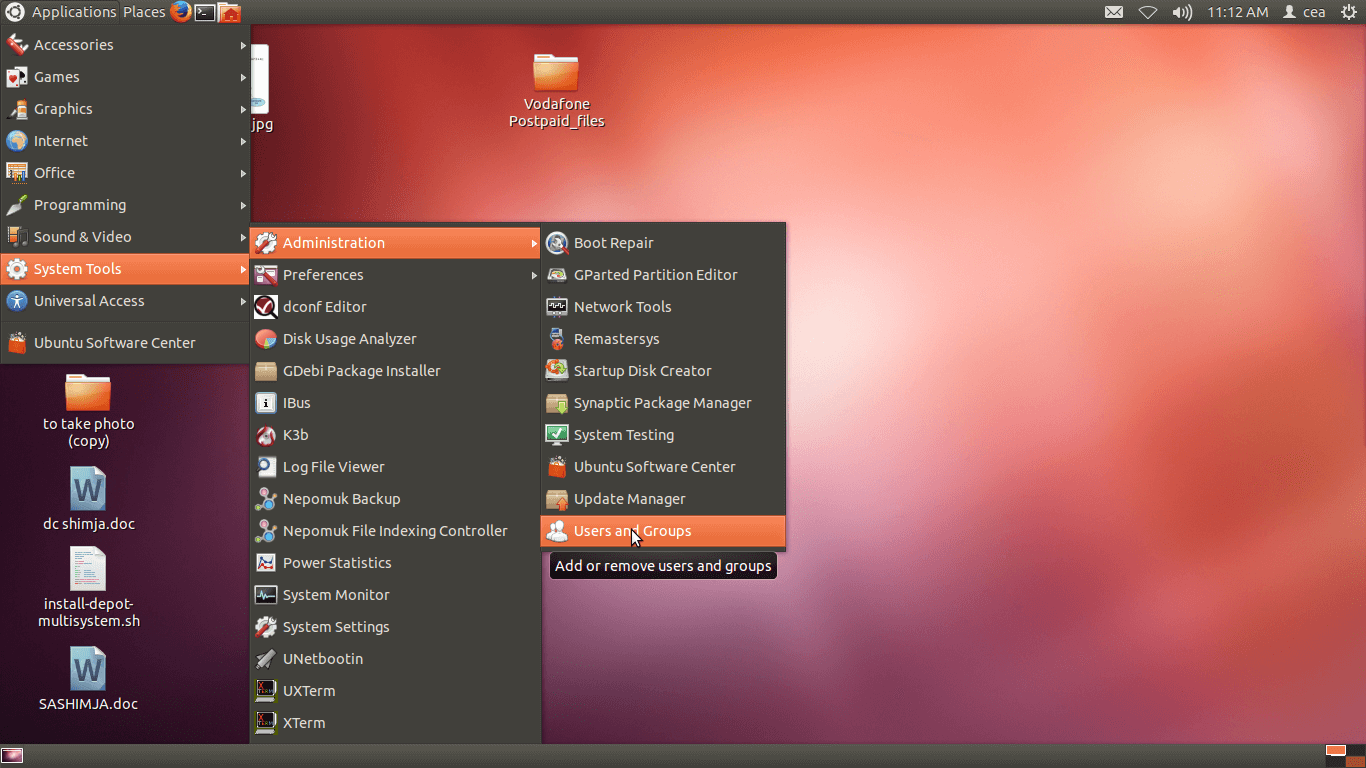
The computer mouse is a device that many of us take for granted. The mouse has become so ubiquitous that even old-timers like me, who can remember lumbering around an old monochrome monitor furiously pounding commands out on the keyboard tend to forget how revolutionary the mouse was.
Even though it was first patented in 1967 by Douglas Engelbart, the device would not find a use until 1983 when Apple launched the Lisa. Early designs produced by Xerox PARC were shown to Steve Jobs in 1979 in exchange for the opportunity to buy 100,000 shares of Apple at $10 apiece. Those early prototypes were extremely expensive and not simple enough for Jobs. According to CNBC, Jobs took his ideas for a simpler mouse to Dean Hovey at global design firm IDEO.
"The Xerox mouse had three buttons, was complicated, cost $300 apiece, and didn't roll around smoothly. A few days after his second Xerox PARC visit, Jobs went to a local industrial design firm, IDEO, and told one of its founders, Dean Hovey, that he wanted a simple single button model that cost $15."
According to Wired, the company’s first attempt at a computer with a graphical user interface (GUI) cost $150 million to develop, and retailed for $10,000. The high price was out of the reach of most consumers, so the Lisa did not really catch on. It wasn’t until Apple released the first Macintosh in 1984, at a quarter the price of the Lisa, that the GUI and mouse began to change the way people used computers.

In many cases, pointing and clicking was way more efficient. Placing the cursor on a file and clicking to open it was faster than typing a command. It also increased productivity in applications like word processing. Cutting and pasting no longer relied on placing the cursor somewhere in the document using the cursor keys — users could just point and click.
The mouse was efficient, but more importantly, it was intuitive and much more user-friendly. This ease of operation was vital in moving computers out of academia and into the mainstream. Jobs illustrated this succinctly in a 1985 interview with Playboy Magazine.
“If I want to tell you there is a spot on your shirt, I’m not going to do it linguistically: ‘There’s a spot on your shirt 14 centimeters down from the collar and three centimeters to the left of your button.’ If you have a spot—'There!' [he points]—I’ll point to it. Pointing is a metaphor we all know. We’ve done a lot of studies and tests on that, and it’s much faster to do all kinds of functions, such as cutting and pasting, with a mouse, so it’s not only easier to use but more efficient.”
It is somewhat ironic that many professional computer users at the time were arguing that the mouse was less efficient than typing commands, but now nearly everyone would be at a loss with what to do without a mouse.

Granted some functions are easier using the keyboard — switching between windows with Alt+Tab for instance. Even using Ctrl+C or V for cutting and pasting is more efficient than moving the mouse up to the menu bar and selecting the commands from there. However, nobody would argue that double-clicking to highlight a word is more straightforward than using a keyboard to do it.
Besides, what professional users and programmers thought of the device was of little importance. The response from non-technical users was the primary factor that not only made the mouse the de facto control mechanism for personal computers but also was the catalyst for the modern GUI.
MacOS, Windows, and even most major distros of Linux all take advantage of a visual computing environment, which could not function without a mouse. This standard was and is intended to put computers in the hands of the mainstream user, but even the most tech-savvy among us can appreciate the benefits that the mouse and GUI provide.
Correction: We had referred to IDEO as "an industrial design firm." IDEO is actually a global design firm "encompassing over 30 design disciplines, including but not limited to industrial design."
https://www.techspot.com/news/74733-how-steve-jobs-vision-mouse-ushered-personal-computer.html